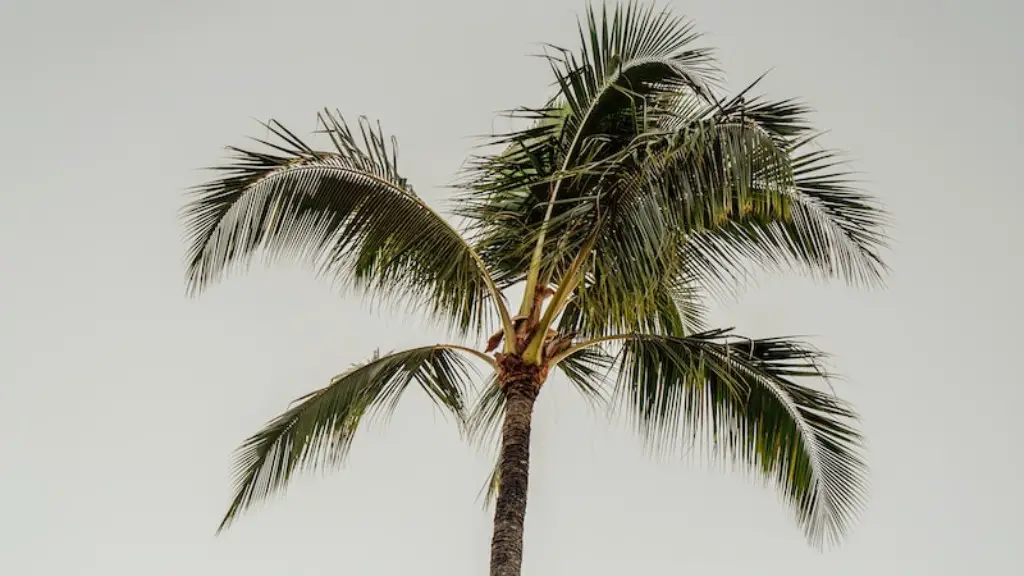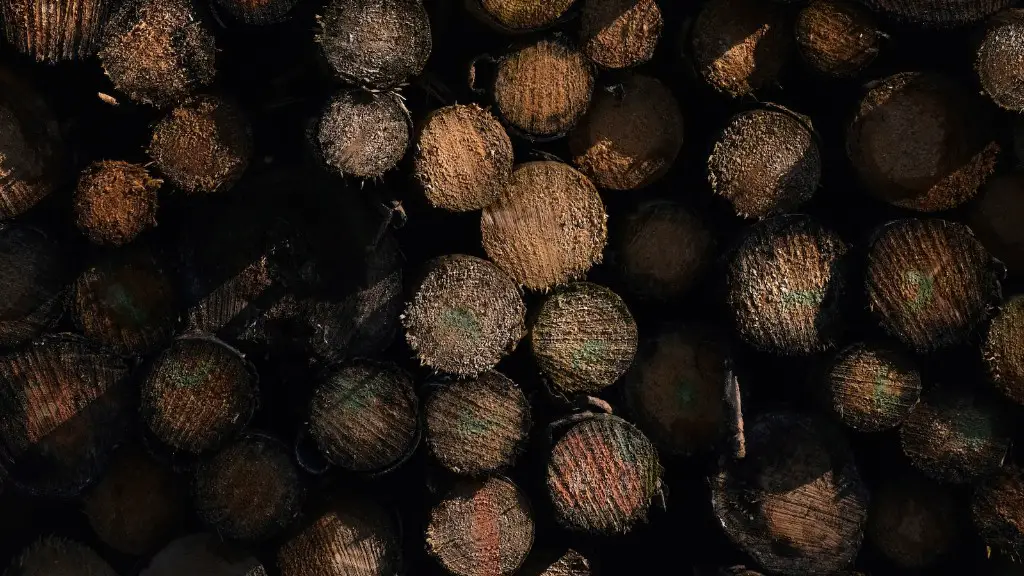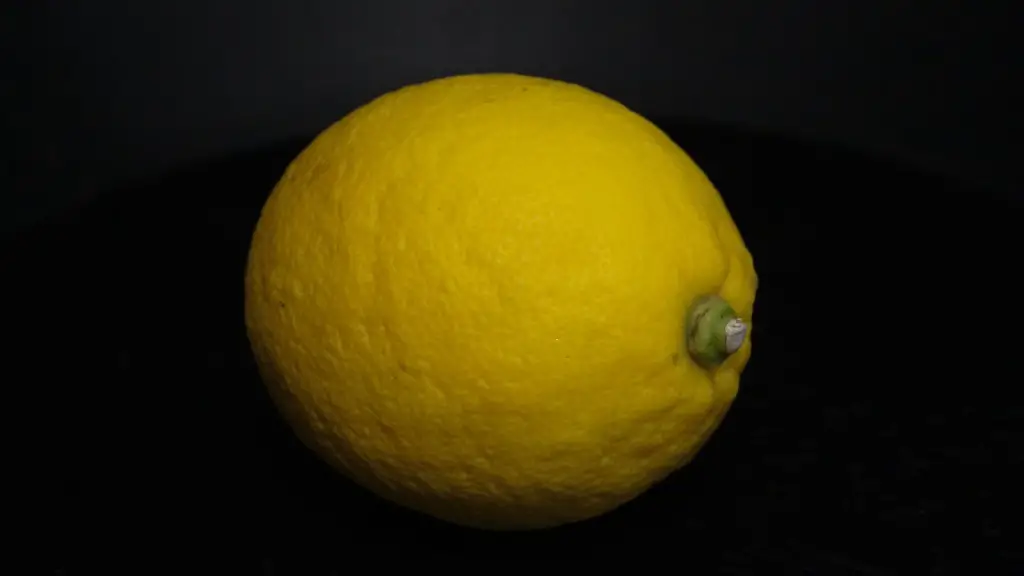If you’re lucky enough to live in a climate where palm trees grow, you may want to add one to your landscape. These tropical trees are not only beautiful, but they can also add value to your home. But before you run out and buy a palm tree, there are a few things you need to know about how to care for them.
The most important thing to remember when caring for your palm tree is to keep it hydrated. These trees are native to tropical climates and as such require consistent moisture. Water your palm tree deeply and regularly, especially during hot weather. Mulching around the base of the tree will help to retain moisture and keep roots cool. Palms also benefit from a nutrient-rich diet. Apply a palm fertilizer two or three times per year to give your tree the extra boost it needs to stay healthy and thrive. Also, be sure to remove any dead fronds or branches from your palm as these can harbor pests and diseases.
How do you take care of a potted palm tree?
Water your container plants deeply and thoroughly to promote healthy root growth. Be sure to give container palms extra attention, as they are especially susceptible to drying out. Plants that are exposed to sun and wind in outdoor containers will dry out faster than plants in the ground, so they may need daily summer watering. Containers in protected indoor locations will hold moisture better.
Palm plants are a popular choice for indoor and outdoor decoration, but they require some specific care to stay healthy and look their best. Here are some tips on how to care for a palm plant:
Avoid direct sun: Full, direct sunlight can burn the leaves of your palm and cause curling or brown leaf tips. If you’re growing your palm indoors, place it near a bright window but out of direct sunlight.
Keep the soil moist: Palms like to have moist soil, so water regularly and mist the leaves if possible. If the soil is too dry, the leaves will start to turn brown.
Prune occasionally: Palms can get leggy over time, so prune them back occasionally to encourage new growth.
Use fertilizer: Use a palm fertilizer once a month to give your plant the nutrients it needs to stay healthy.
Should I cut off brown palm leaves
Leaves with brown tips may just be stressed, meaning with proper diagnosis and care they can recover. However, trimming leaves that are fully brown, dead, or dying is acceptable. As with any tree, you never want to trim too many leaves at one time to avoid over-stressing the tree.
A new palm should be watered everyday on its first week, switch to every other day the following and then settle for 3 times a week on the third Then water as normal for established plants For more established palms, watering should be done only 2-3 times per week, and this is only in the absence of rainfall.
What does an overwatered palm look like?
Overwatering your palm tree can lead to a number of issues including drooping leaves, black spots on leaves and stems, mold on the surface of the soil, and yellowing leaves. If you see any of these signs, it’s important to cut back on watering and allow the tree to dry out somewhat.
If the top center stalks of your palm tree are brown and/or shriveling, it is likely sick. This is the most common sign that your palm tree is in ill health. Be sure to assess the health of your tree regularly by looking at the top center portion for any browning or shriveling. If you see these signs, take action to improve the health of your tree.
Why are the tips of my palm leaves turning brown?
If you notice that a palm tree leaf is browning, it is likely due to the fact that the leaf has reached the end of its natural life. Browning typically starts at the tip of the leaf and progresses until the leaf is completely brown and falls off. If only a few leaves are browning while new foliage continues to grow, there is no cause for concern.
If you see that your palm tree is wilting, discolored, or stunted, these are major signs that it is dying or already dead. In some cases, the damage can be stopped and reversed to save the palm, so don’t panic. Keep an eye on the situation and if things don’t improve, you may need to remove the tree.
What do palm trees need to thrive
Palm trees are a tropical tree that can grow in many different parts of the world. They are known for their tall, thin trunks and their long, green leaves. Palm trees generally grow in full sun, but can tolerate some shade. They need a lot of water when they are first planted, but once they are established, they are drought tolerant and don’t need much water. A good quality slow release fertilizer should be applied in early spring.
If your palm is suffering from a magnesium deficiency, you can supplement your regular fertilizer applications with Epsom salt. Just sprinkle 2-3 pounds of salt under the tree’s canopy and water it in.
How do you revive a brown palm tree?
If you have a palm tree that is not looking its best, follow these steps to help revive it. Add the proper amount of water to ensure the tree is getting enough hydration. Use a high-quality fertilizer to help the tree absorb nutrients more effectively. Use top-notch soil to ensure that the tree has the best foundation possible. Cut fronds only after they are dead to avoid damaging the tree. Do not prune during hurricane season to avoid further damage. Plant palms at the right level to ensure they have enough space to grow. Provide the right nutrients to help the tree thrive. Increase or decrease sunlight as needed to help the tree grow.
As your palm grows during spring and summer, water it often. During autumn and winter, however, water it less. If the weather is dry and hot, mist the foliage several times a day. Doing so will help keep your palm cool and also help deter pests.
How can you tell if a palm tree is getting enough water
Most palm tree lovers overwater their palms or don’t give enough water. One way to avoid this is to get a soil wetness meter to check for soil dampness. You can also stick your finger into the soil and if the first 2 inches are dry, it is ok to water typically.
Water your indoor palm when the top inch of soil is dry in order to avoid root rot. Letting the soil dry out completely will cause the leaf tips to turn brown.
How long can palm trees go without water?
As long as the weather is warm, most palm trees can go without water for at least two weeks. This can vary depending on the type of tree. Your palm tree can also last longer without water if you’ve used some advanced system like capillary matting or a bunch of wicks. For best results, you can keep your indoor palm in a terrarium.
Coffee grounds, in addition to providing nutrients like nitrogen, phosphorus, potassium, calcium, magnesium, and copper to palm trees, are an excellent source of nutrition Palm trees should be given coffee grounds in early spring and throughout their growing season. Coffee grounds provide a slow-release fertilizer that will help palms trees to grow strong and healthy.
Warp Up
The best way to care for your palm tree is to keep it hydrated, in a warm climate, and to give it occasional deep watering and fertilizer.
Your palm tree will need little maintenance once it is established. palms are very versatile and can adapt to a range of soil and light conditions. watering your palm tree weekly should be sufficient, however, during periods of extended drought, you may need to water your palm tree more frequently. Fertilizer is only necessary if your palm tree is not growing well. if you decide to fertilize your palm tree, use a fertilizer that is high in potassium and low in nitrogen.




